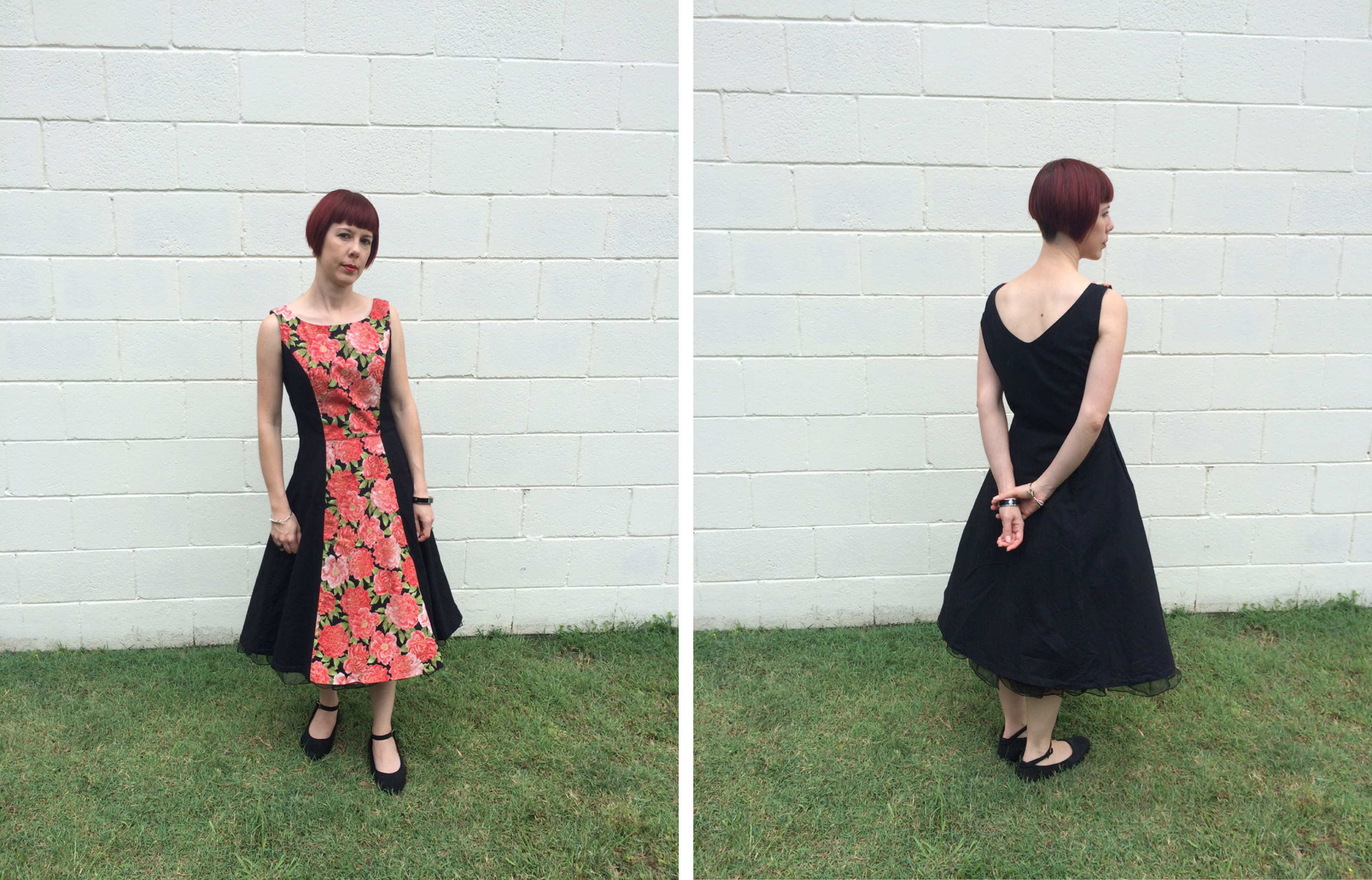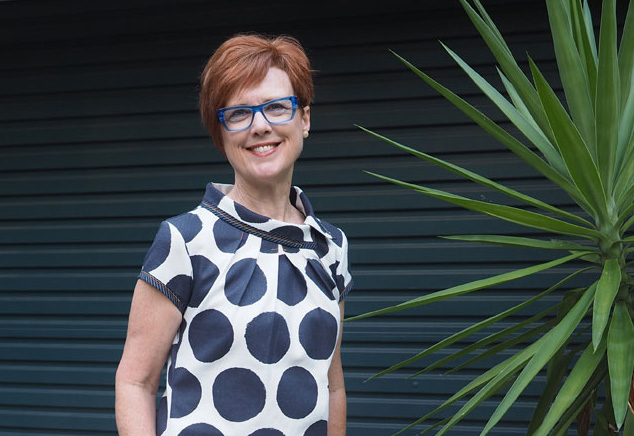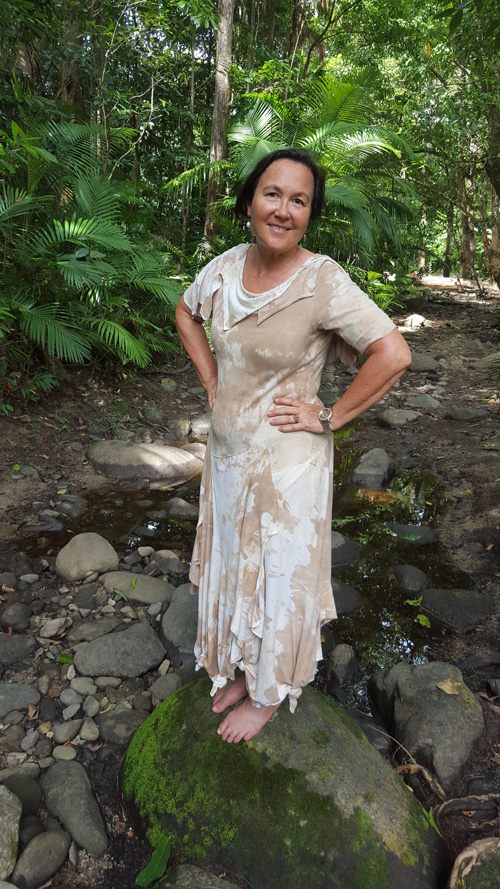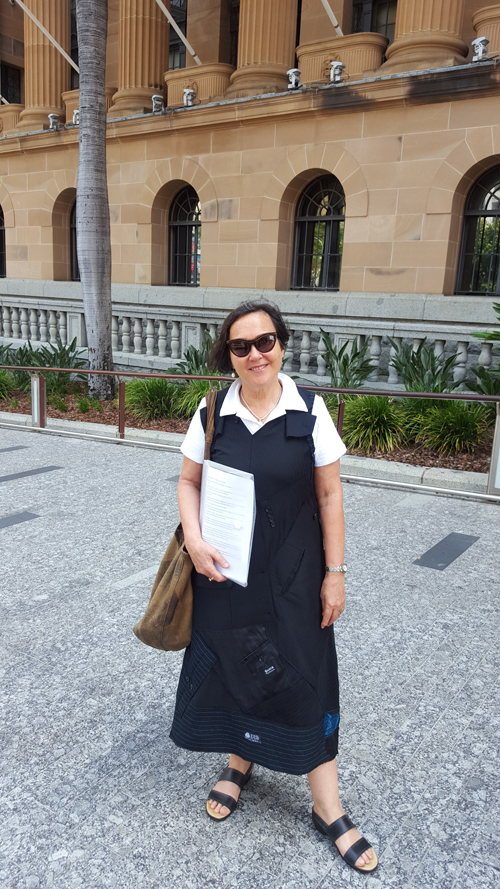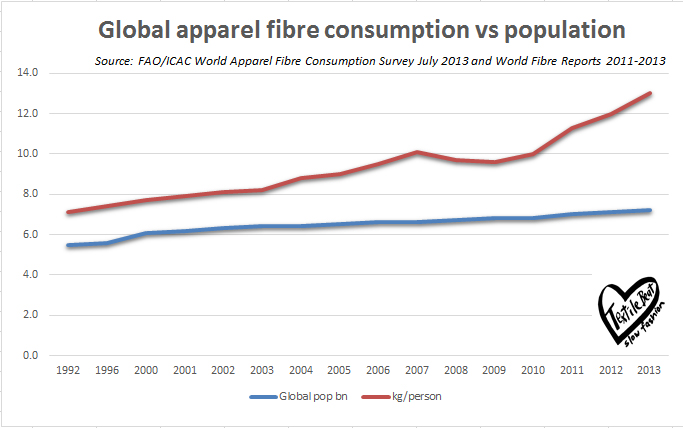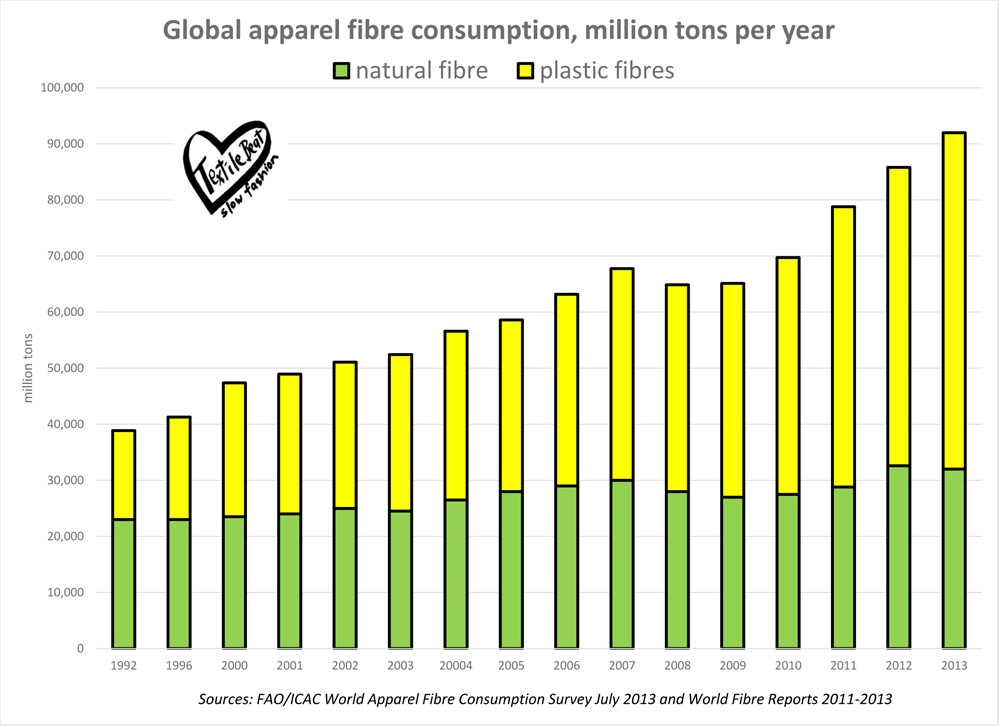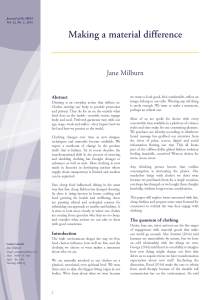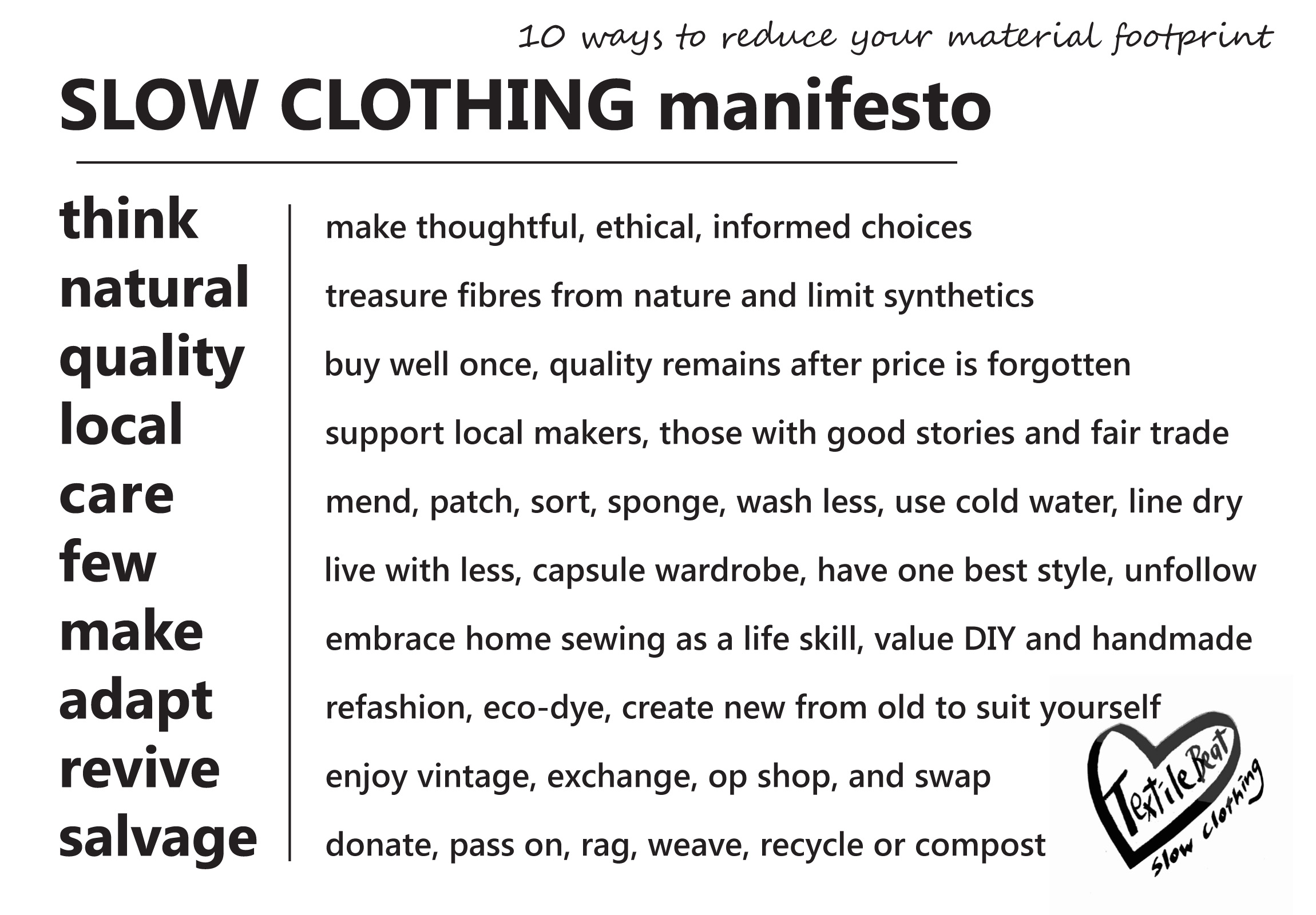Kylie Challenor believes the magic of sewing is imagining what you want to create and a few hours later, there it is! She discovered that magic after teaching herself to sew as an adult and now is reaping the rewards – freedom of choice, flexibility of style, enjoyment and self-worth in the process. Kylie rarely buys clothes these days aside from the occasional pair of jeans, a band t-shirt or exercise gear. She makes everything else including tops, dresses and skirts.
Kylie had been thinking about ‘fast fashion’ and our culture of consumerism quite a lot before she started out on her sewing journey. She’d read a lot about sweatshops over the years and become increasingly uncomfortable with the conditions in which people were working. Kylie wanted to remove (or at least drastically reduce) her own part in that.
“About 6 years ago, a month or so before I got married, I realised how guilty I felt buying items off the rack. I’d repurposed a dress from eBay for my wedding dress and had it altered by a local dressmaker, and I wanted to have these skills too! A helpful and patient friend from the US was visiting Australia at the time, and she helped to guide me through making my first simple gathered skirt. That friend is now a successful patternmaker in New York! From there, I deciphered patterns myself, asked Google, made mistakes and learned a lot about patience,” Kylie said.
Since then, she has set up a sewing corner in the dining room of her home in Brisbane, Australia. “We own a 2-bedroom unit and don’t have an awful lot of spare space so I have a corner desk that doubles as a shelf for my sewing books and patterns (as well as an office when I’m working from home). I also managed to squeeze in a cabinet to hide my fabric stash. Oh, and we also have a dining table!”
“When I started this journey, I wanted to end up having the ability to change a pattern to suit my tastes (rather than just following the instructions). It’s taken a long time, but now I’m there! I recently made an absolutely gorgeous Japanese pattern in grey and black. I didn’t like the puffy sleeves in the pattern, so I made a sleeveless version instead. Just like that, I can imagine what I want — and a few hours later, there it is!
“At the very least, having handmade skills contributes to my own sense of self-worth. I feel proud when I make something I love, and I’ve been stopped in the street many times and asked where I got my dress. I also love the fact that I’m not impacting on anyone else’s life negatively by having them work in dangerous conditions to make me nice things to wear.”
Kylie’s advice to others wanting to learn to sew is pragmatic and frank. “My first piece of advice is to just give it a go. Yes, you will need patience. Yes, you will need to invest a little bit of time. Yes, you will make mistakes. But it will be worth it. I had no sewing skills whatsoever when I started. My second piece of advice is to stop asking your friends with sewing skills to make things for you (or to hem your pants). Unless you know they enjoy making things for other people (and/or you are willing to pay them for their time), stop being cheeky and learn to do it yourself. Or pay an alterationist like I had to before I could sew! (As you might be able to tell, people ask me to make them things or hem their pants all the time. I do sewing for my own enjoyment, and with limited time to spare I keep it just for me. I’ll hem my husband’s pants if it’s one or two pairs, but any more than that and he can figure something else out!)”
When asked how the concept of slow living plays out in her life, Kylie says much of what she does isn’t slow at all! “I have a very busy management job in the publishing industry, and even when I’m at home I’m never far from a screen! Even though I don’t have a lot of time, I do enjoy making food (and we eat organic produce as much as possible, which we get from the markets at Northey Street on Sunday mornings). My husband is a sculptor, and he uses a combination of ‘new and old’ in how he works. He sculpts on a computer, which takes about the same amount of time as by hand, but it gives him the ability to delete something he’s done. His work is then 3D printed, and he uses the prints to manually make silicone moulds to cast the parts in resin. It’s a very tedious process, but one that he finds rewarding. (He’s much more patient than I am!)”
The frock we’re featuring in The Slow Clothing Project uses a ‘tried and true’ dress pattern that Kylie has made at least half a dozen times.
“The really great thing about using the same pattern (New Look 6020) again is that it will always look completely different depending on the fabric I use. The dress has 6-panelled bodice (3 pieces front and back), as well as a 6-panelled skirt. I had an idea to take the centre panel of both the bodice and skirt and use a striking fabric that would go right down the front (and that would require much patience on my part to match the panels up!). I wanted it to be a dress I could wear for special occasions, and I chose a Japanese floral quilting cotton for the panels. For the rest of the dress I used a black cotton fabric that a friend gave to me a long time ago (her workplace was about to throw it out, so I took it off their hands!). I’m pleased to say that the dress came together exactly as I’d hoped. Having made the pattern before, I knew exactly what I was doing through each step of the process (and those panels ended up being matched perfectly). Due to the large amount of fabric in the skirt, I can easily add a flared petticoat for more formal occasions.”
Thanks for sharing your sewing journey Kylie – your frock rocks.

